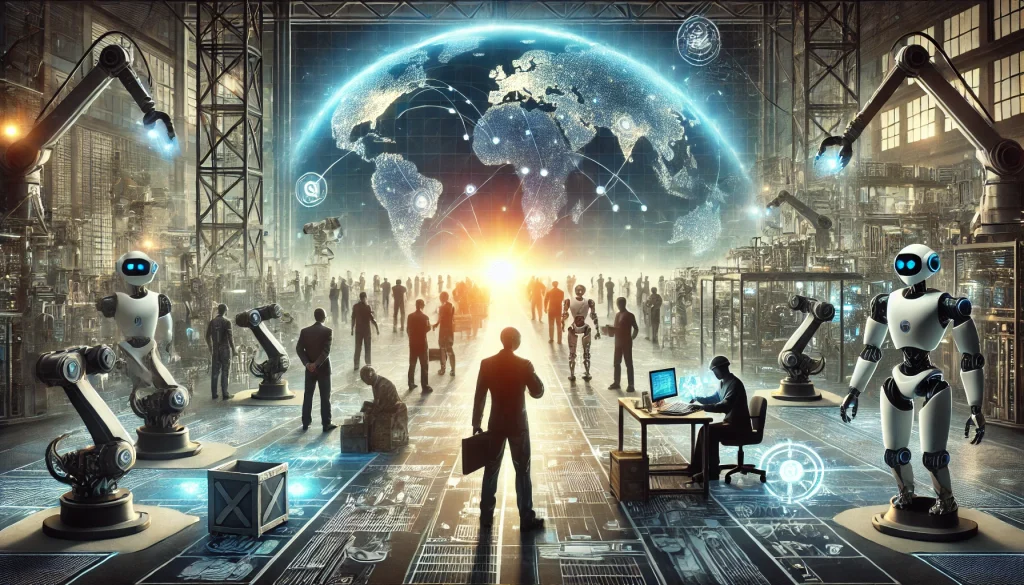
South Korea has once again cemented its position as a global leader in technological innovation, particularly in the field of automation. According to the latest findings from the World Robotics 2024 survey, the country now boasts an impressive 1,102 robots for every 10,000 employees, the highest density of robots in the world. This milestone is a testament to South Korea’s forward-thinking approach to integrating advanced technology into its industries, reshaping traditional workflows, and redefining efficiency.
This remarkable achievement is no accident. South Korea’s economy thrives on its ability to adapt and innovate, with industries such as electronics, automotive, and manufacturing embracing robotics at an unprecedented scale. In the electronics sector, robots handle intricate assembly processes with precision, ensuring high-quality production of components that power modern technology. Meanwhile, the automotive industry leverages robotic systems for welding, painting, and quality control, automating tasks that require accuracy and consistency while reducing human involvement in hazardous conditions. These advancements not only increase productivity but also position South Korea as a global hub for technologically advanced manufacturing.

The country’s leadership in automation stems from a combination of strategic factors. Government support plays a pivotal role, with initiatives like the “Intelligent Robot Industry Development Strategy” fostering the growth of the robotics sector. Substantial funding, tax incentives, and research grants have encouraged the development and deployment of cutting-edge robotic systems. South Korea’s robust research and development ecosystem further fuels its progress, with significant GDP investment ensuring continuous innovation in robotics and artificial intelligence.
Another critical driver of South Korea’s robotics dominance is its demographic landscape. With an aging population and a shrinking workforce, the country faces labor shortages that challenge traditional industries. Robots are increasingly filling these gaps, taking on repetitive and labor-intensive tasks while enabling businesses to maintain operational efficiency. This shift highlights the importance of robots not just as tools but as vital components of a sustainable economic strategy.
The implications of this automation surge extend far beyond South Korea. As robots become integral to industrial processes, they redefine the nature of work. While automation replaces certain manual jobs, it also creates opportunities for highly skilled roles in programming, maintenance, and system design. The global workforce must adapt to this transformation, with governments and organizations emphasizing the importance of reskilling and upskilling workers to thrive in an automated world.

South Korea’s advancements also serve as a blueprint for other nations looking to integrate robotics into their economies. The country’s ability to balance technological innovation with strategic policymaking demonstrates how automation can drive economic growth and maintain global competitiveness. Its success underscores the importance of viewing robots as partners in progress, capable of augmenting human potential rather than replacing it entirely.
As the world looks to the future, South Korea’s approach to automation offers valuable lessons. By embracing robotics, the country has not only addressed its labor challenges but also set a new standard for efficiency and innovation. The path forward is clear: with vision, investment, and collaboration, automation can lead to a brighter and more sustainable global economy. South Korea’s leadership in this domain is a reminder that the future is not just automated—it is filled with potential.






